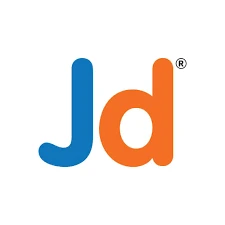|| HR Data Analytics Course
The HR Data Analytics courses on this list provide all the necessary techniques and resources to provide data-driven insights into talent management, workforce planning, and operational enhancement. The goal of these programs is to improve strategic human resource decision-making. Students will learn to utilize software like Excel, R, and Python to manage and analyze HR data, create predictive models, and generate actionable insights. Through real-world case studies and practical projects, participants will gain hands-on experience in applying analytics to solve HR challenges and enhance organizational performance.
The benefits of this course are multifaceted. By mastering HR Data analytics, participants can transform raw HR data into strategic insights that drive evidence-based decision-making, improving hiring processes, employee engagement, and retention rates. This expertise is highly valued in the HR field, providing a competitive edge and opening up advanced career opportunities. Additionally, the course fosters critical thinking and problem-solving skills, enabling students to address complex HR issues and contribute to their organizations' strategic goals. Overall, the HR Analytics course empowers individuals to leverage data analytics to optimize human resource functions, leading to more efficient and effective HR practices. The main objectives of this course are to help with organizational strategy and tactics by finding efficient data sources, creating relevant metrics, creating long-term measurements, and implementing results.
HR data collection, analysis, and reporting are all part of HR data analytics, also known as people analytics or workforce analytics. It helps your company to make data-driven decisions, assess the effect of various HR KPIs on overall business success, and gain a deeper understanding of your staff.
Please contact the nearest BIT training institute or send an email on inquiry@bitbaroda.com HR Data Analytics training course. We offer a free demo by calling us at +91-9328994901. We offer top-notch HR Data Analytics Training in Vadodara-Sayajigunj, Vadodara - Waghodia Road, Vadodara - Manjalpur, Ahmedabad, Anand, and Nadiad.








 4.8 (21,636) reviews
4.8 (21,636) reviews


 Read more
Read more 
